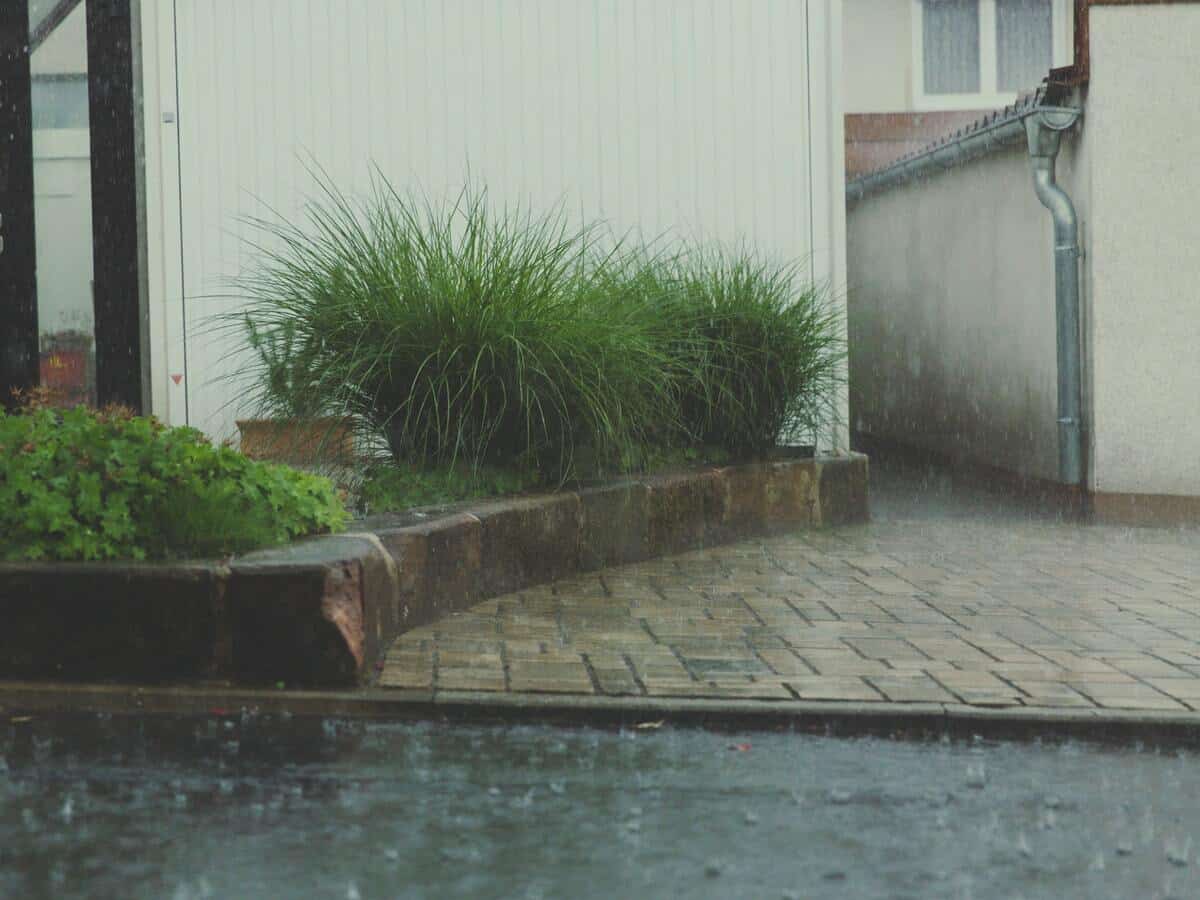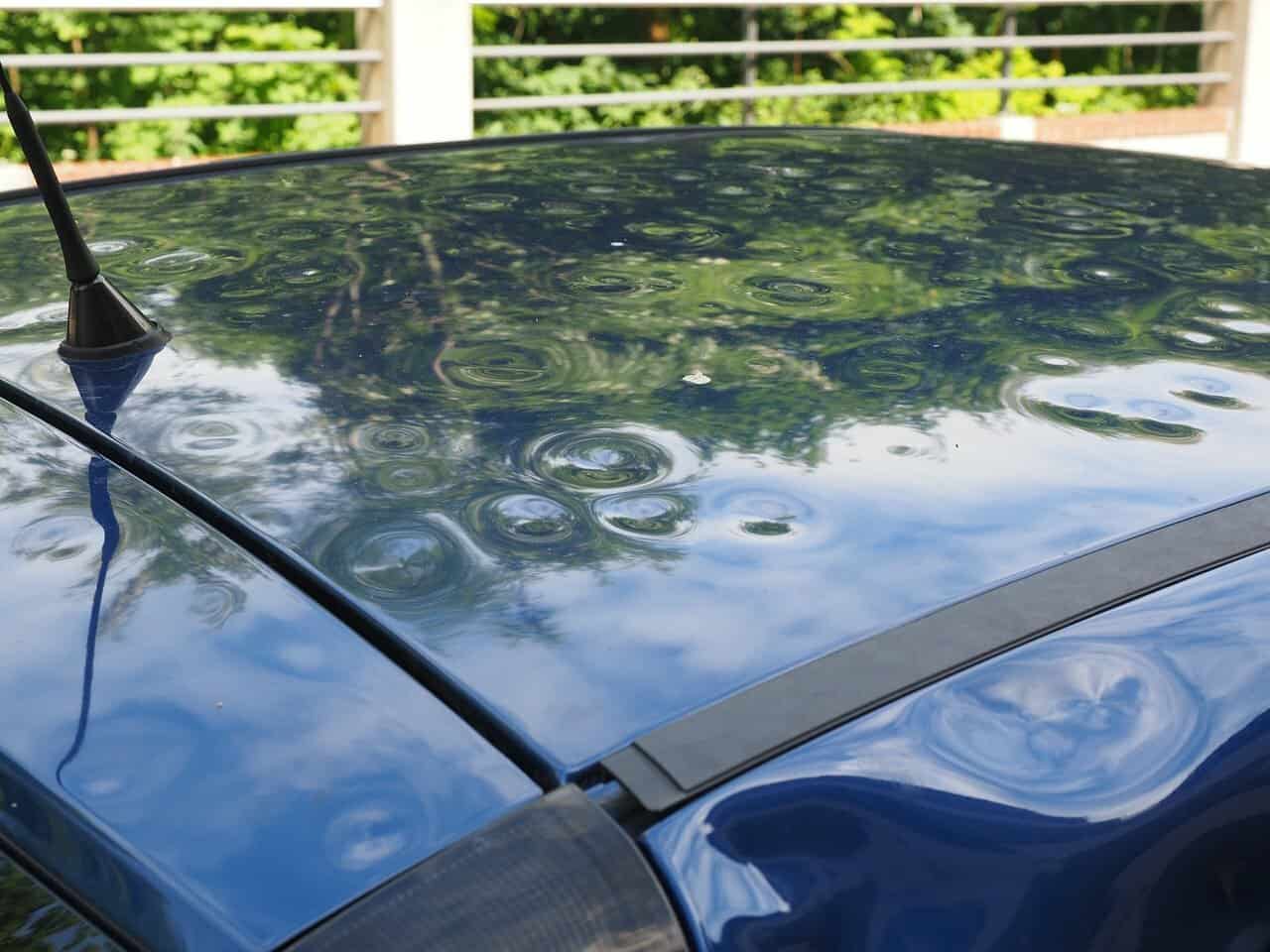Questions like “how to protect your car from hail” are likely not one of your favorite things to ponder over. Regardless, if you live in a city more inclined to hail storms (ahem, Texas, Oklahoma, Colorado, Kansas, Nebraska, and Wyoming), then it’s wise to know the answer to such inquiries.
A hail storm is problematic for many reasons, one of them being the damage they can bring to your car. Yes, comprehensive auto insurance will help cover the repair or replacement you need after hail strikes. However, knowing how to protect your vehicle from hail beforehand can free you from filing insurance claims, waiting for repairs, or simply having your precious vehicle succumb to dents or dimples. Carry out these simple measures to keep your car safe when Mother Nature takes a turn for the worse.
Take Advantage of Covered Parking
This option is most accessible for residents living inside an apartment complex. If your building has covered parking, consider reserving a spot for your car. To secure a space, an additional expense is likely to be added to your monthly rent. However, investing in extra protection can help you avoid damage. Talk to your property manager to review your available options.
Park in Your Garage
Does your home or rental property have an attached garage? If so, you can easily protect your car during a hail storm by simply keeping your vehicle inside your garage. It doesn’t get easier than that. A garage is essential during a hail storm, as it’s a closed space that seals out ice. This lets you rest easy knowing your vehicle is safe from potential dents or broken windows.
Find a Parking Garage
This tip is most useful when you plan ahead of time. Before a hail storm hits, compile a list or make a mental note of the parking garages closest to your home. That way you’re ready and know where to go when a storm is approaching. We don’t suggest driving during a hail storm to search for a parking garage. Take shelter as soon as you can at the first available location.

Use Unconventional Items
While these items may not necessarily pop into your head when you first think “how to protect your car from hail,” they can still help keep your vehicle safe from damage. The good news is, a few of these items may already be inside your home as we speak.
- Comforter / blankets: If you have a large, sturdy comforter in your home, secure it over your vehicle. While this method doesn’t guarantee complete protection from hail, it at least offers a cushiony barrier to reduce damage. For peace of mind, spare your favorite blanket. If you don’t have blankets or comforters around you, then use towels.
- Bubble wrap: As a first instinct, many of us will throw bubble wrap away after opening a package thinking, “when will I ever need this stuff again?” The answer is, during a hail storm. Yes, bubble wrap is known for keeping the contents inside of boxes safe. However, during a hail storm, it can also provide a protective barrier around your car. A good rule of thumb for using bubble wrap is to make sure you have some ready. Before hail falls, layer the bubble wrap around your vehicle. If you can, try to strap the material down with something sturdy. This will prevent the bubble wrap from flying when strong winds blow through.
- Floor mats: Use the floor mats inside your car. Place them over your sunroof or windshield to prevent the glass from cracking or shattering completely. While this won’t protect your entire vehicle, it at least provides coverage for more vulnerable sections.
Purchase a Car Cover
For a strong defense against hail, buy a car cover. There are many options on the market today, each offering a varying degree of protection.
Inflatable car covers like this one require little effort on your end to maneuver. Simply use the remote control for the cover to start inflating. Another key benefit to using inflatable car covers is they provide enough cushion to protect your car from large chunks of hail.
Other types of covers use a thick, weatherproof fabric to defend your vehicle from hail. These fabric covers are excellent for towing in the trunk of your vehicle. When a storm’s approaching, simply retrieve the blanket for protection. We recommend shopping for covers with straps to allow the fabric to securely fasten.
Don’t worry that a manufacturer won’t have a cover for your vehicle. Car covers are often made to fit different car types and models. Therefore, no matter what you drive, there should be a solution for your needs.

Use What’s Around You
If you’re on the road when a storm is approaching, you should immediately take shelter wherever you can.
Park under a freeway for temporary covering if you can safely drive your vehicle there without interfering traffic. Or park next to a tall building that’s on the opposite side of the hail storm. This can help the wind blow the hail over your car if the wind strength is powerful enough.
Stay Up-to-Date With Weather Alerts
It’s simple advice, but keeping up with weather alerts and forecasts will help you determine when to prepare. It’s also useful for establishing a course of action.
With the help of technology, there are many ways you can quickly and accurately check in with the weather. Some easy ways to stay up-to-date with shifting weather patterns include:
- Mobile Weather Applications: Download a weather application to your mobile phone. Platforms like The Weather Channel app send notifications with important weather alerts. Some features include hourly and monthly forecasts, real-time alerts, and wind speed tracking. These are useful for knowing when it’s time to prepare for a storm. Another tip is to use an application that lets you set up alerts to your phone. This helps you stay in the loop.
- Local News: Check in with the local news forecast. They’re likely to provide important weather updates during a designated segment that’s relevant to your location.
- Social Media: Monitor updates on social media. Someone you follow may share an important weather update before a news outlet covers the story. You may also find helpful tips such as which roads to avoid.
- Visit Weather.gov: This is the website of the National Weather Service. This agency is a part of the federal government and works to share important weather-related information with the public. On their site, you’ll find active alerts and radars monitoring shifting weather patterns. You can also browse forecast maps to visualize what the next few days will look like in your area.

Get the Right Insurance Policy
Yes, using a covering to protect your car during a hail storm helps reduce damage. But having an insurance policy takes care of the damage that somehow slipped through the cracks.
Unfortunately, there’s no completely perfect method to protect your car from hail. Therefore, even after taking safety precautions, you may still discover dents in your vehicle after the clouds clear up. That’s where having a solid insurance policy comes into play. Yes, using a covering to protect your car during a hail storm helps reduce damage. But having an insurance policy takes care of the damage that somehow slipped through the cracks.
To build a strong safety net against hail, you need comprehensive auto insurance. Comprehensive coverage can help cover expenses for repairing the body and interior damage. It also covers windshields and windows. How much you have to pay out of pocket for repairs depends on your deductible. Having a higher deductible will decrease your monthly premium (the amount you pay per month for insurance) but will require you to pay more out of pocket to cover a loss.



